“I’m in trouble,” I sighed to myself my second day of riding the 2018 Sea-Doo RXT-X 300. Over a year ago, The Watercraft Journal’s 2016 Watercraft of The Year went to the re-engineered, 300-horsepower RXT-X, and Sea-Doo wasted no time in using the accolade to help sell the supercharged runabout to performance enthusiasts. Candidates for the award had to be models from that year – this year’s will be strictly 2017 models – leaving the insanely redesigned RXT-X 300 out of the running… at least for now. The grounds for which earned the predecessor of this new craft our prize were weighed upon the application of new ergonomics, power-to-weight dynamics, and overall performance (both on the water and in the showroom), all to an existing platform; with what Sea-Doo has revealed, our scale will have to be wholly reconfigured.
Consider the environment that birthed this model’s new ST³ platform for a minute: four years ago, when the ST³ was first being drafted, the domestic US AquaX series was the fresh-faced new-kid-on-the-block of PWC racing, and the premise of “Race on Sunday, Sell on Monday” actually applied. All of the OEMs saw value in its near-box stock racing program, and none more than Sea-Doo. Unfortunately, the existing RXT-X 260 simply struggled in the Florida surf against a field of supercharged Kawasaki Ultras and Yamaha WaveRunners. Improvements to the powertrain were well underway in the form of the yet-to-be-revealed ACE 300 1.6L 3-cylinder, but stability and rough water prowess were still longing. Even casual riders pined for better handling in the chop.
To answer, BRP engineers – already working with a proprietary CM-Tech bonding process (giving the material better flexibility and durability, as well as better adhesion to automotive-quality paints) – developed a re-sculpted hull that was 1.2-inches wider (from 48.2-inches to 49.4-inches), yet 3.3-inches shorter (from 139.2-inches to 135.9-inches), and an incredible 86-pounds lighter (828-pounds compared to 914). A wide, stepped outside chine acts as a veritable shelf from which the ST³ perches – gone is the soft, rolling outermost edge. A 22-degree deadrise gives the hull a steeply raked bow that borrows heavily from the T³ design of the sportier RXP-X 300. A blend of multi-faceted strakes give the ST³ a dual personality: calm and level at neutral trim, aggressive and determined trimmed down… but more on that in a minute.
Gone are the heavy-lipped splash guards grafted into the bow. So too are the plastic “snow shovel” splash deflectors on the nose. The deeper-and-wider footwells are enormous, and intentionally so. Sea-Doo engineers wanted riders to be able to comfortably move about the cabin when at rest, and swiveling our size 11’s in the wells was suddenly possible. Moreover, the driver’s saddle is 1.4-inches lower, with passengers riding 3-inches lower as well. All of this works to decrease the RXT-X 300’s center of gravity and increase power-to-weight ratio (0.362:1 from 0.353:1). Despite there being only minor changes to Sea-Doo’s largest displacement engine to date, including a simplified CLCS (Closed Loop Cooling System), a more thermally-efficient ride plate, and a larger oil cooler for 2018, the gain to its power-to-weight ratio is palpable.
For the 2018, the ST³ platform is hewn from the aforementioned CM-Tech both hull and deck, and also shaves weight from a few key changes to how you’d expect a watercraft to look and operate. By now, most of you have witnessed the glory that is Sea-Doo’s Direct Access Front Storage (unofficially “DAFS”), and its modular rear deck LinQ system. At first blush, I was admittedly skeptical of the new storage arrangement as it dramatically reduces the Sea-Doo’s total storage from 42.8 gallons to 27 gallons, which is even less storage than the Recreation segment GTS/GTI models. Accessed by two recessed snapping locks beneath the handlebars that release the entirety of the top deck, allowing it to hinge upward on a gentle gas shock, did it reveal a single bin that is simply cavernous. No, really. I joked (more than once) that I could aptly cram my 8-year-old daughter in there with little to no effort. (Not that I would. Please don’t call CPS.)
One might think that in making the gauge pod, glove box and steering console suddenly detach from the deck would compromise steering input or build quality, but all of those in attendance at the multi-day media introduction remarked on the Sea-Doo’s superior fit-and-finish. As a matter of fact, the 2018 RXT-X 300 encapsulates a new era of superior fitment for Sea-Doo: uniform gap widths; thick, durable latches and hinges; and a ride completely absent rattles. The DAFS lid fails to chatter or shift, and steering is as tight as any fixed steering neck prior to 2018. And Sea-Doo didn’t need to compromise either; the 5-position tilt steering continues to incorporate the analog-and-LCD digital display as before. Gone is the “slap cap” filler neck on the side, replaced with a screw-tight cap fixed between the driver’s knees in the storage bin. It’s baffled and vented so spilled fuel won’t trickle in with your valuables.
Almost all of the advertised 27-gallons of storage is found in the gasket-sealed central bin, which can be “plussed” through Sea-Doo’s Parts & Accessories program with drop-in netted dividers (which come standard on GTX Limited models) to help organize the tub a wee bit. Yet, less than a gallon of the 27 is given to a diminutive glove box that houses a standardized waterproof-and-foam-lined cell phone case. In addition to your personal device, there’s just enough room for keys and maybe a wallet if you’re not Mr. Moneybanks. Another accessory for the RXT-X 300 (and standard GTX Limited fare) is an available USB port to keep your phone charged at all times. Because so many of us use their phones to monitor weather, track GPS routes or just snap a bunch of photos and video, it’s almost a mandatory add-on.
As alluded to earlier, the rest of the deck is uniquely modular. Gone is the massive (and heavy) gas shock-mounted single bench seat. Rather, the wings for the Ergolock seat are replaced with thick padding on the inside alcoves tucked beneath the glovebox. The driver’s seat is shaped so single-person riding is readily accessible. The rear seat detaches with two snapping lock pins and can even fit inside the center storage compartment. Beneath the driver’s seat and running down to the swim platform is a large access plate held down by 13 screws that can be removed to reveal the entirety of the engine compartment. Engine access is now wholly abundant. Integrated into the large access plate is Sea-Doo’s new LinQ Attachment System, a modular pop-up mounting system permitting the attachment of either a 4-gallon fuel caddy; a semi-rigid, 5.5-gallon storage bag; or a 4.2-gallon ice chest. (Each sold separately through Sea-Doo’s accessory line.)
Interestingly, all LinQ-equipped ST³ runabouts are also able to accept Sea-Doo’s telescoping Wake pylon, which now can be mounted (or removed) in about 30-seconds. The entirety of the rear platform was redesigned to offer the industry’s largest rear deck, 366 square inches to be exact. Wide and flat, the new ST³ offers the single-most stable reboarding experience the brand has ever sold. All of this might sound tangential to the spirit of the RXT-X 300, but BRP’s own market research revealed that 40-percent of the buying market wanted to explore, and do “more” with their PWC. To whit, the final accessory also proved to be Sea-Doo’s best: a 100-watt sound system. The BRP Premium Audio sound system features two 50-watt pressure washer-safe, all-weather speakers integrated into the world’s first Bluetooth-controlled system.
Simply go to your phone’s connectivity controls (found in your “Settings” control panel under “Bluetooth” if you have an iPhone), and select “BRP Remote”. Suddenly, your new RXT-X 300 will be melting your face to your favorite tunes as you streak across the lake. There’s no need to reach for your phone either, external playback controls located above the left speaker allow you to toggle through your song list while at speed or simply lounging around. And yes, you can listen while you’re at the dock or just hanging around with the engine off. A battery sensor kills the sound after 1 hour or low battery signal, whichever comes first. The BRP Premium Audio package adds $700 to the MSRP but is so friggin’ worth it. Otherwise, it’s another $200 to have your dealer install it at a later date. And seriously guys, I cannot emphasize how good this is. Do not buy one without it.
Finally, Sea-Doo has redesigned its reverse gate for a third-generation iBR (“iBR³?”), which better redirects thrust latitudinally for more intuitive docking and greater maneuverability; and has added two new features to its VTS control; one, which when activated (by simply tapping up or down on the VTS at idle), automatically articulates the VTS nozzle so that the craft maintains a steady position while idling in neutral; and the second is exclusive to the RXT-X 300 solely: Launch Control. It effectively toggles the VTS nozzle all the way down and gradually and automatically adjusts back to your previous pre-launch position, whatever that might be. It’s a tool that helps get the craft to plane much, much faster and without porpoising out of the water like previous machines tended to do. While at idle, simply hold “up” and “down” on the VTS control and a prompt will appear on the screen. Set your iTC tune to “Sport” mode, and let ‘er rip.
And oh boy, does this dang thing rip. Remember, it’s both shorter and significantly lighter than the previous RXT-X 300 (and even 22-pounds lighter than the current RXP-X 300) but with all the same power and thrust. At neutral trim, it gets up and goes, but in wind-blown chop it felt to ride too high in the bow, showing early signs of searching. Only when trimmed down, and I mean waaay down, does the RXT-X 300 reveal itself to be the monster it truly is. Suddenly, handling becomes tactical warfare, simply point at the target and squeeze the trigger – the RXT-X will do the rest. In corners both tight and sweeping, the fixed position sponsons bit hard, planting the Sea-Doo tight to the water despite the deep-V’s slim draft. The ST³ doesn’t skip across the surface like a stone nor does it plow through it like a Kawasaki Ultra 310X. It slices nautical lines with surgical precision. It’s no longer a watercraft but a seaborne scalpel.
With launch control on and Sport mode engaged, the strongest performance gains were seen not in top speed (USCG caps it off at 68mph, we saw slightly higher), but in 30-to-60mph times, as the new RXT-X 300 shaved off half a second here (2.5-seconds vs. 3-seconds). In all, the 2018 RXT-X 300 outperforms all Sea-Doos before it; including the previous “Watercraft of The Year”-winning RXT-X 300 and even the current RXP-X. It out-accelerates, out-handles, out-stops and out-maneuvers ’em all. Is it comfortable? You bet. Is it stable? Sure is. Is it incredibly well-built? Impressively so. Is it good looking? We sure think so (although we personally preferred the optional Ice Metal and Lava Red livery over pictured Neon Yellow and Lava Grey). How about price? Without the BRP Premium Audio, USB port, storage dividers or any one of the LinQ accessories it retails at $15,699 – with all that awesome stuff would put you closer to $17,000. Yeah it ain’t cheap, but no matter how you cut it, the ’18 RXT-X 300 is the best Sea-Doo has built. Bar none.





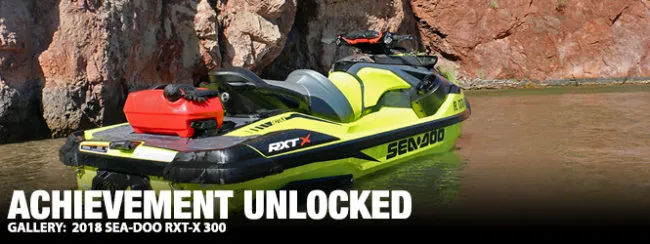
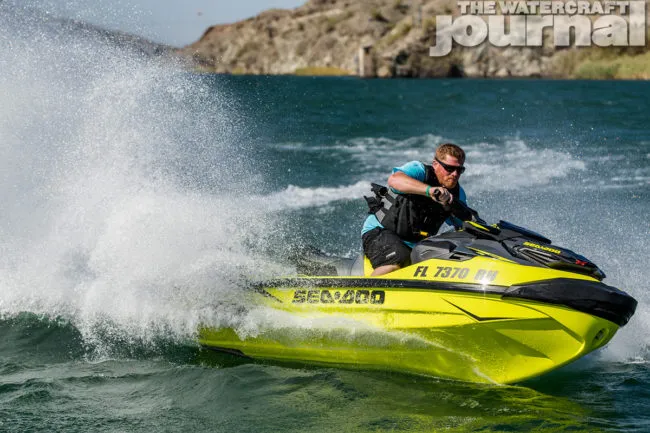
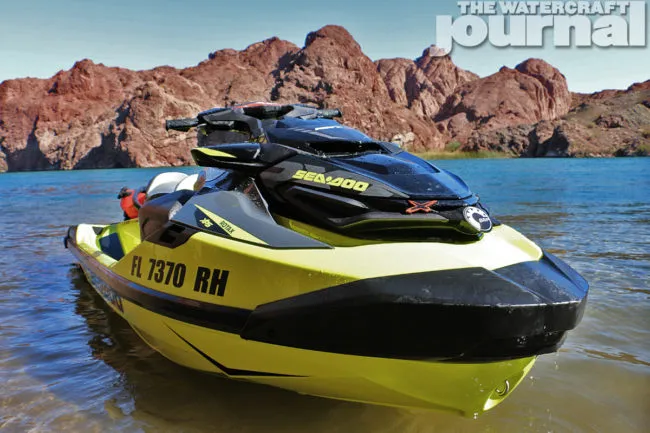
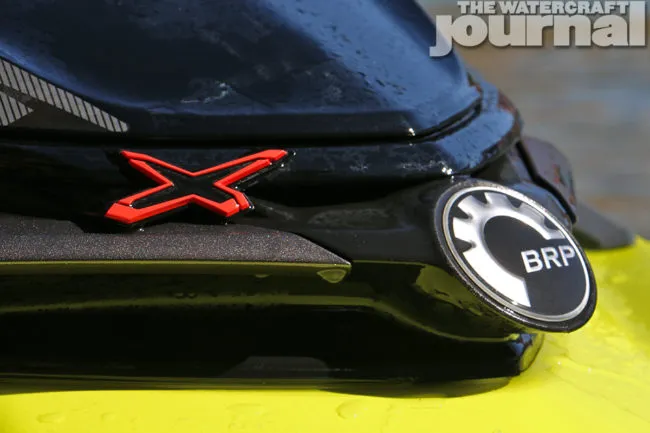
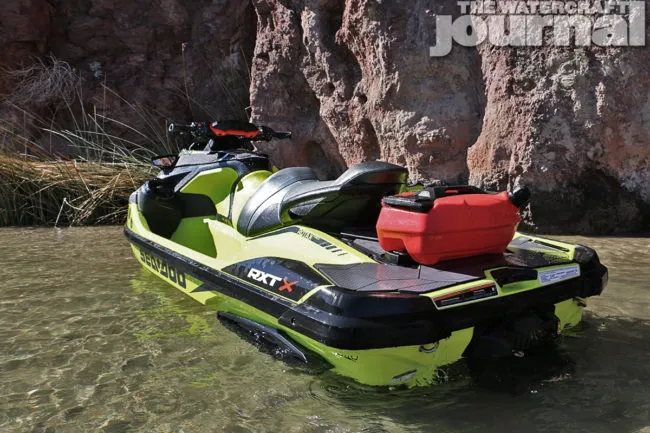
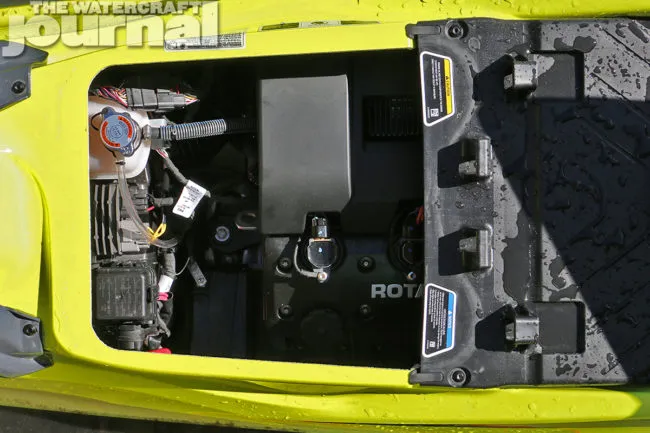
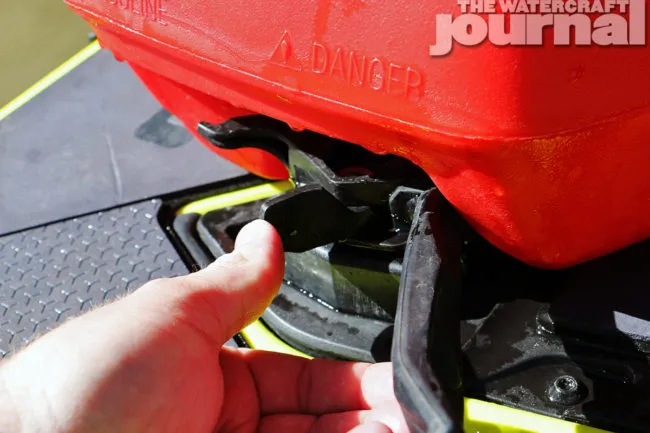
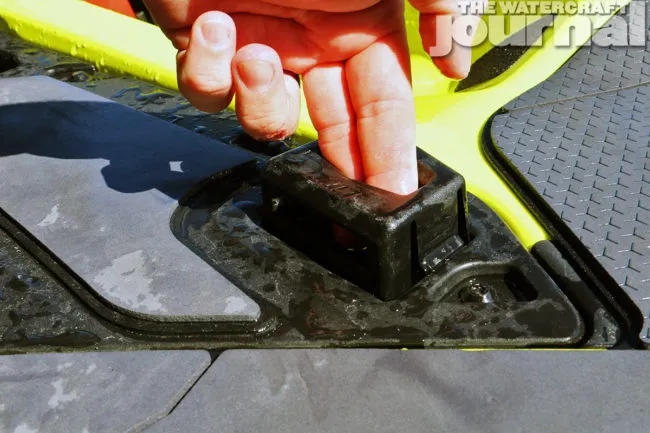

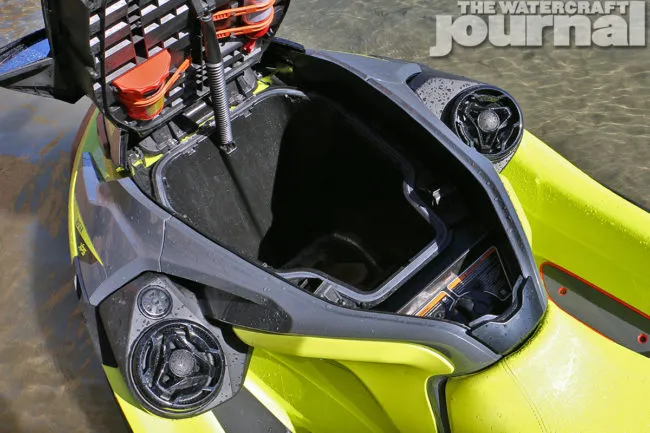
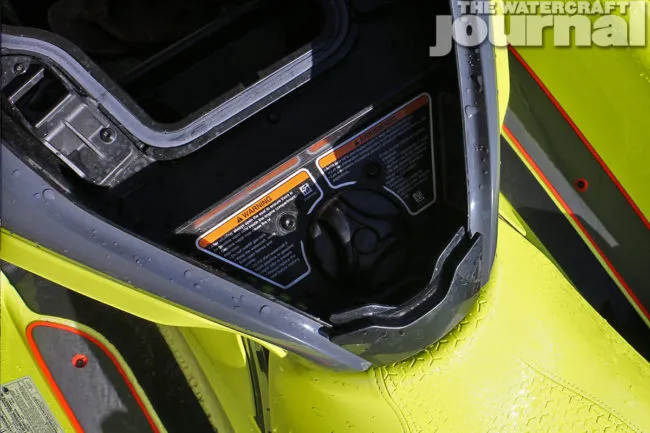
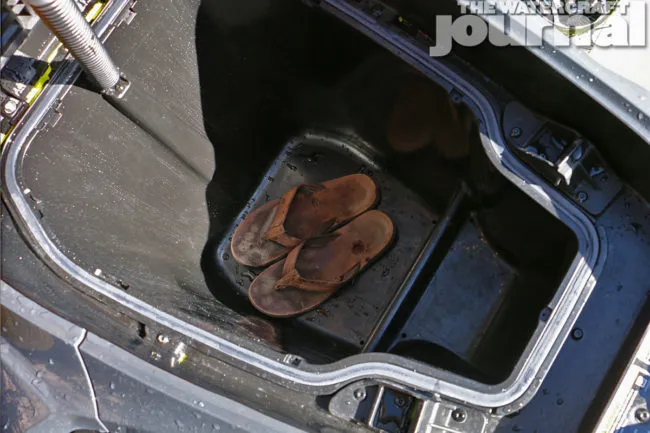
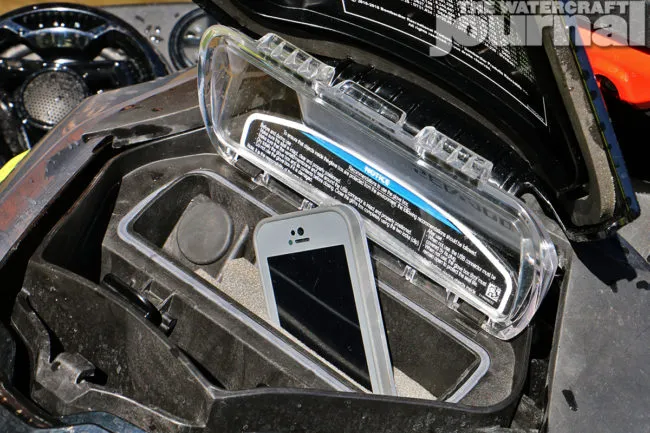


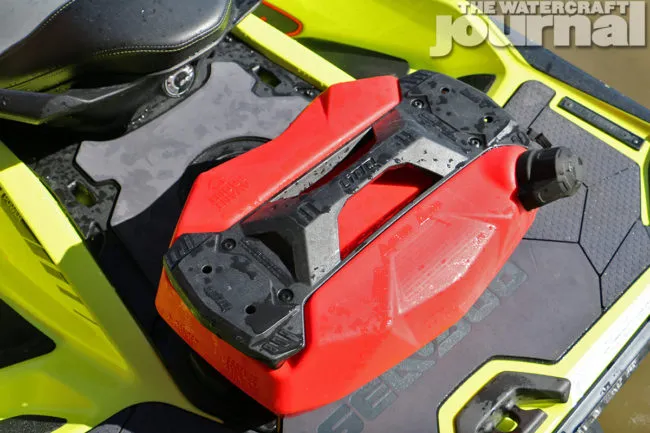
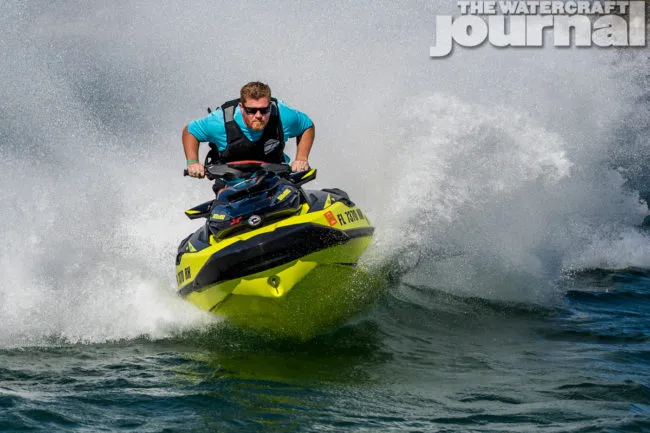

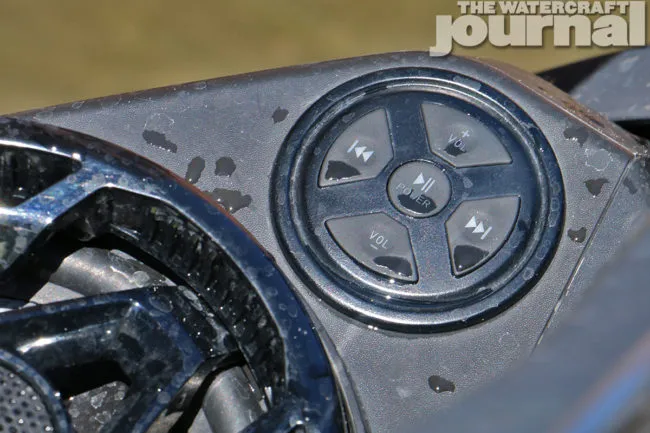
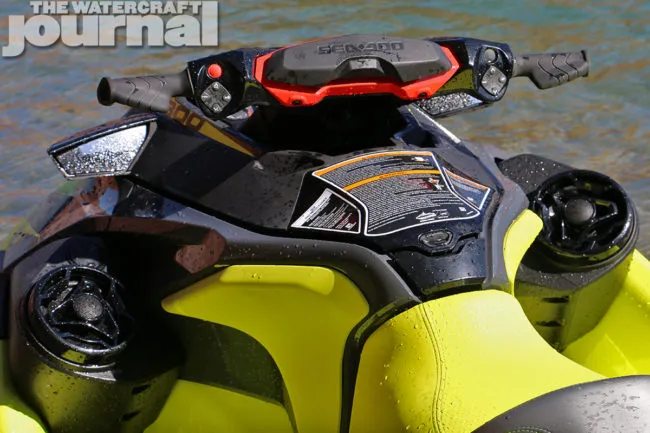


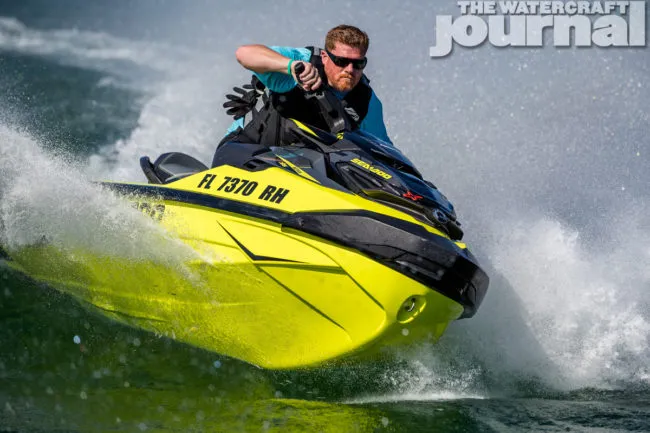
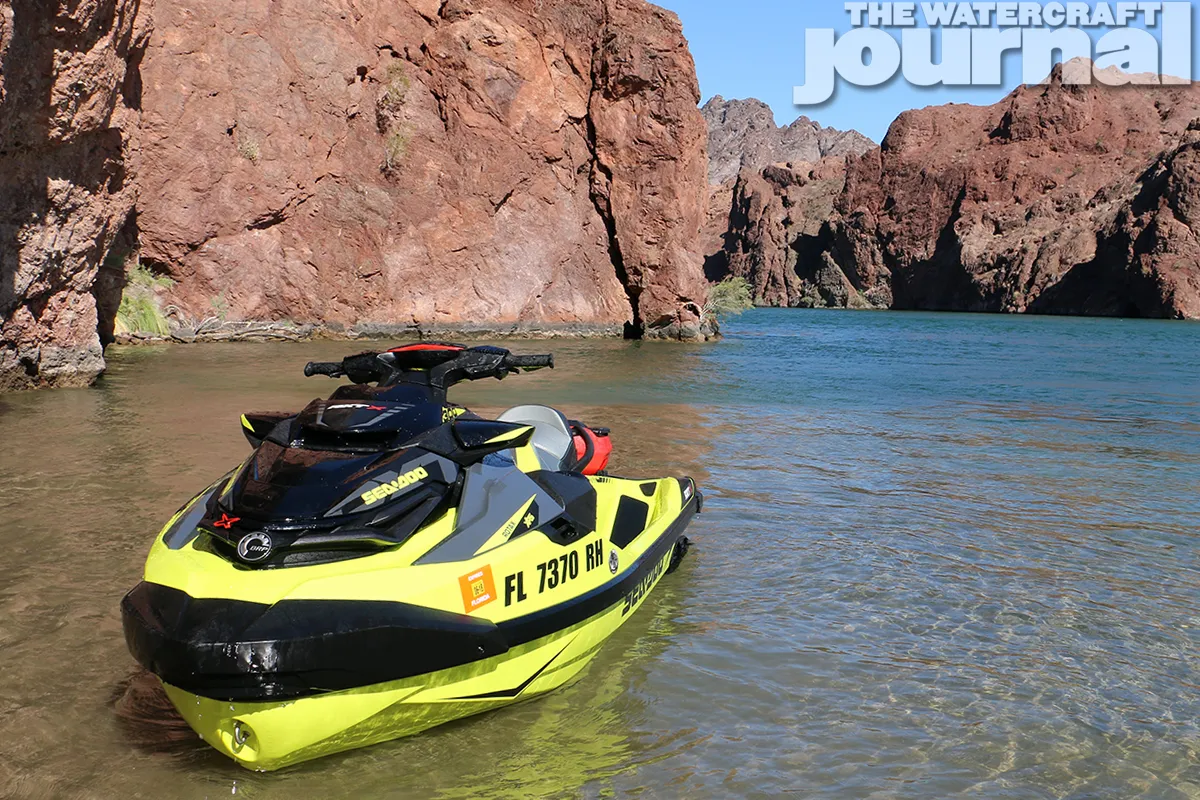
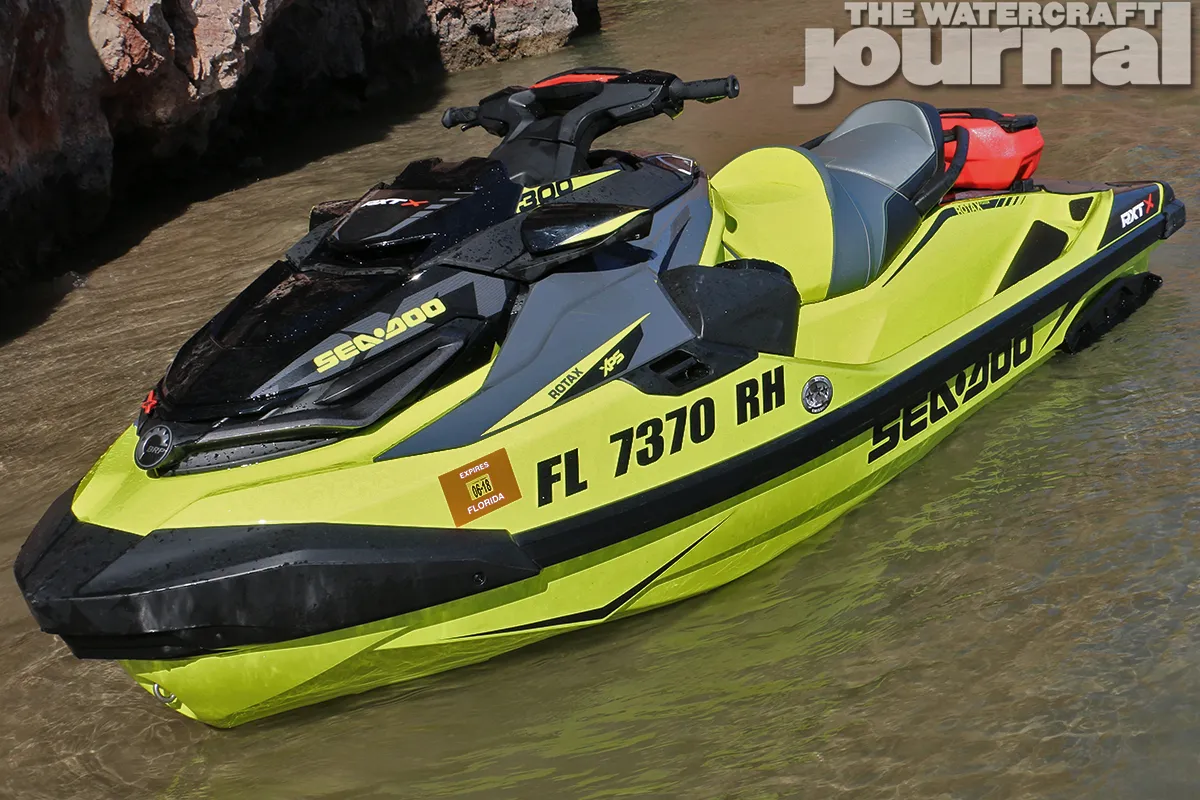
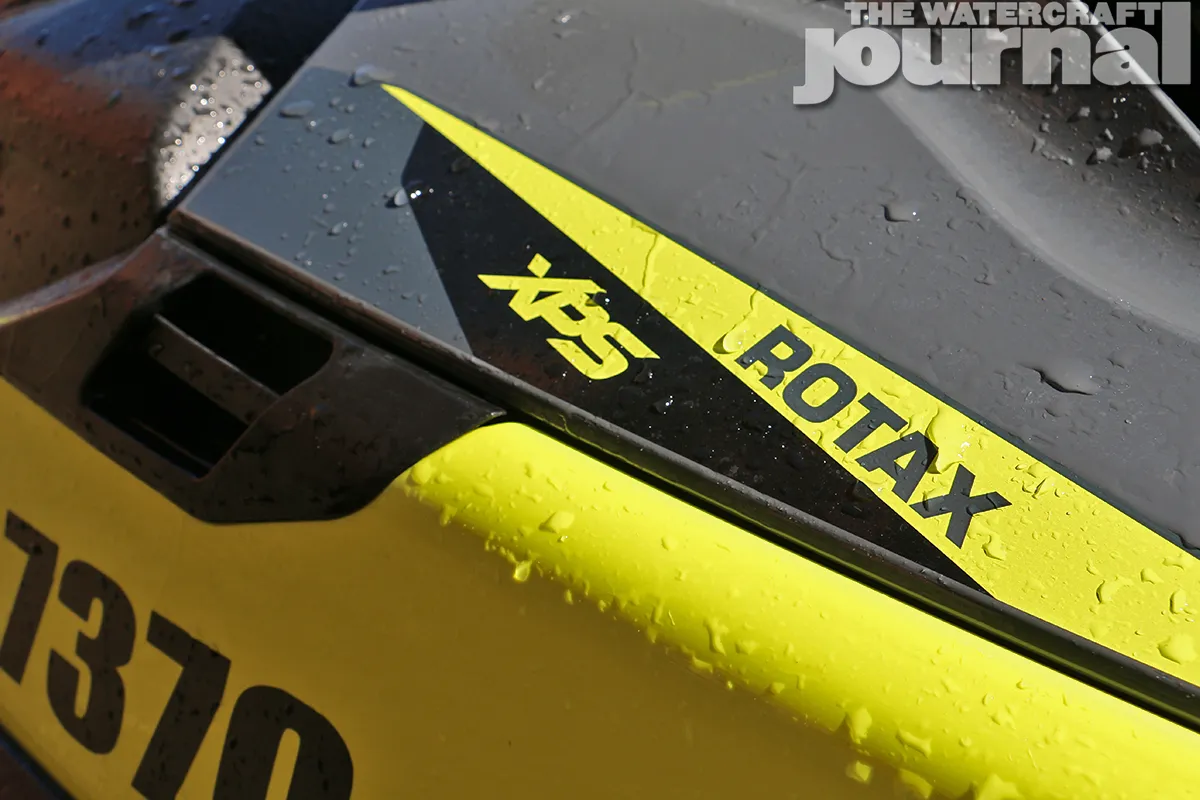
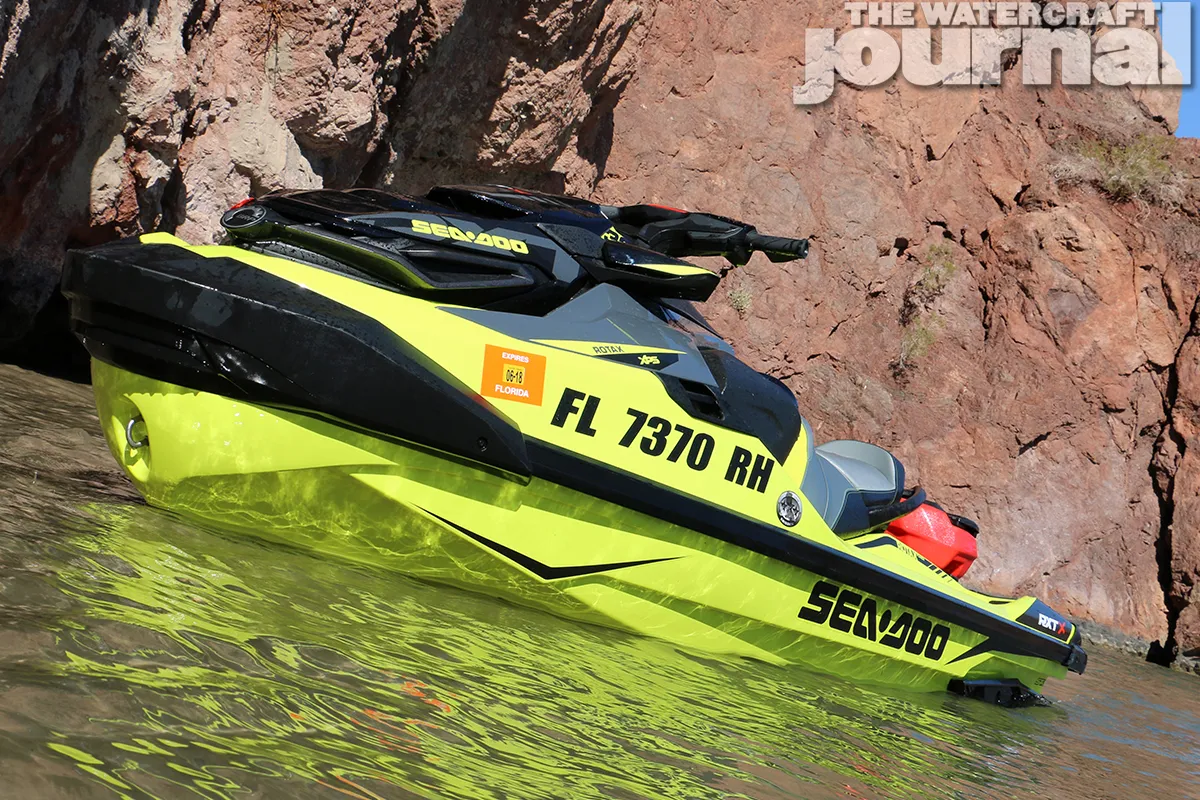
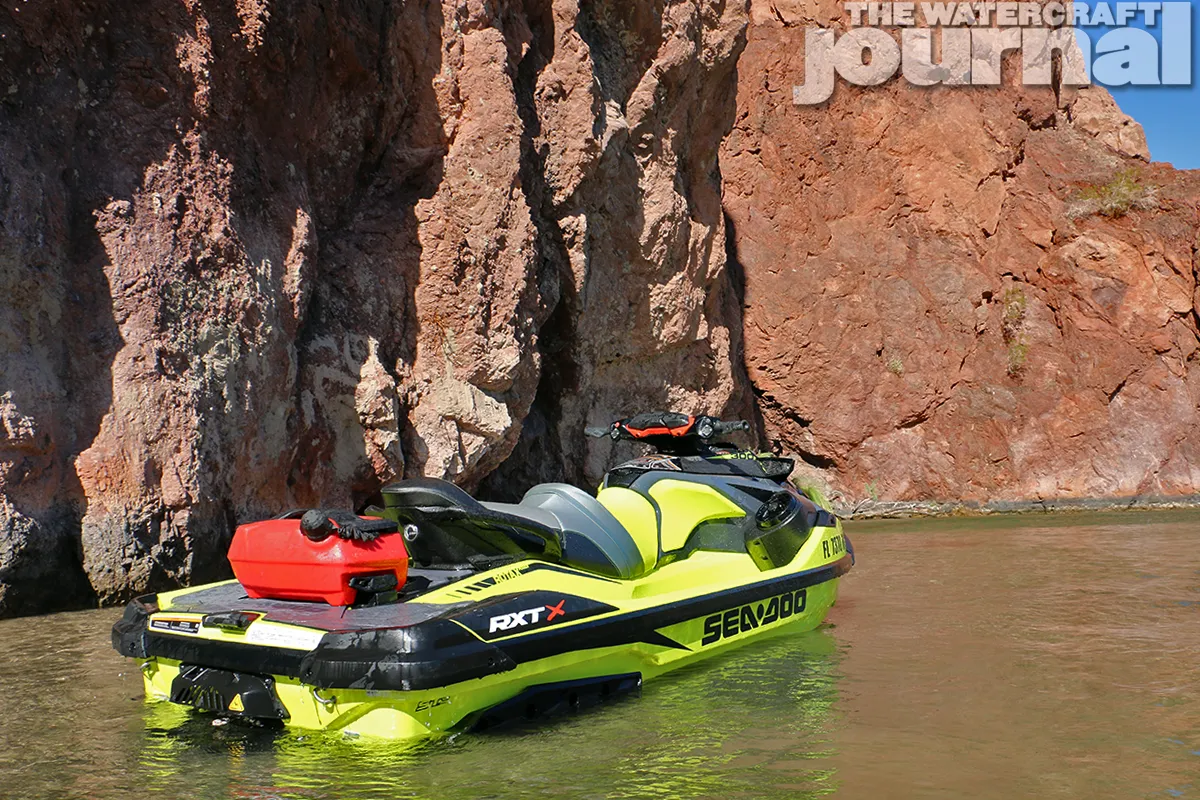
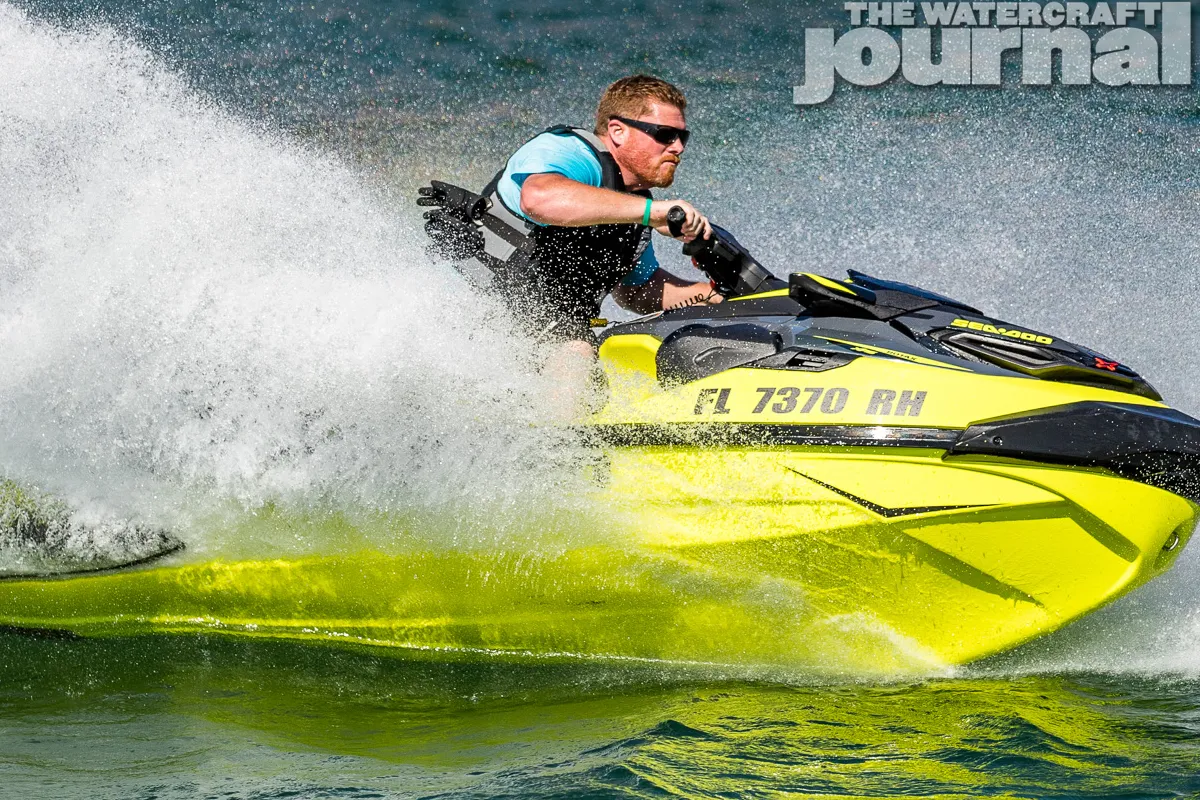
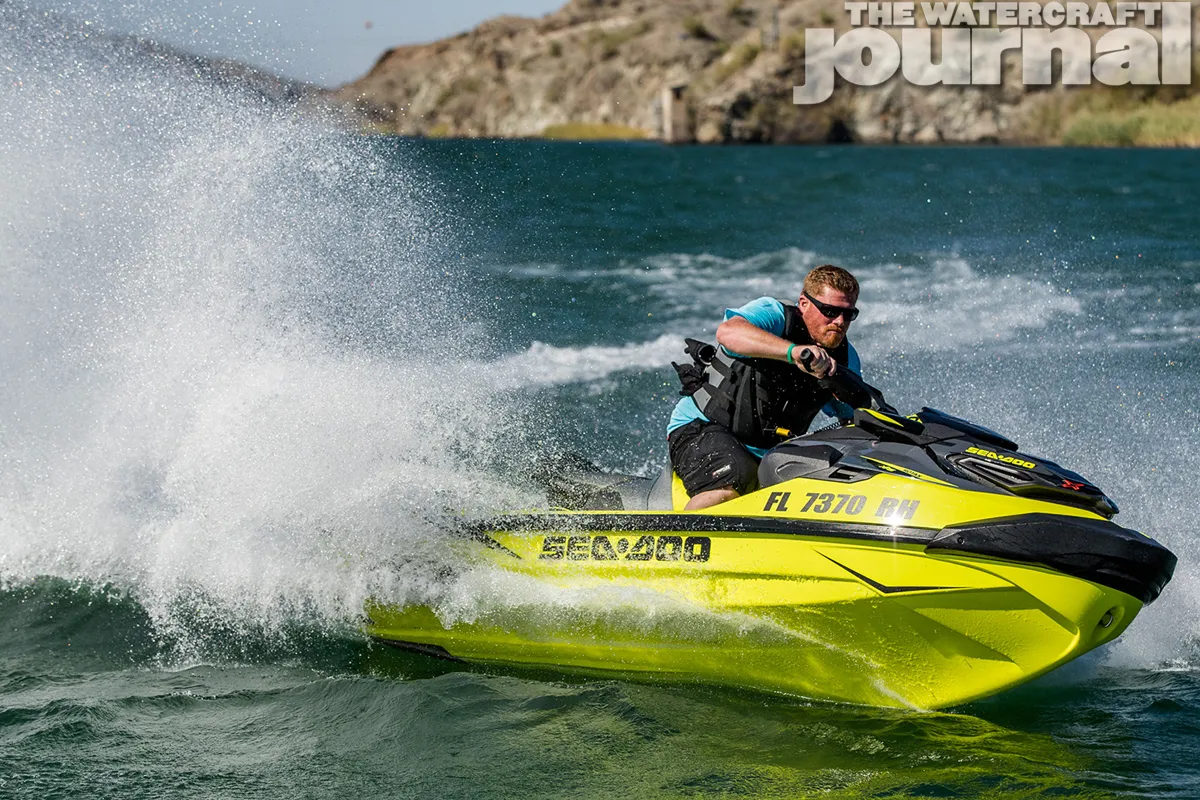
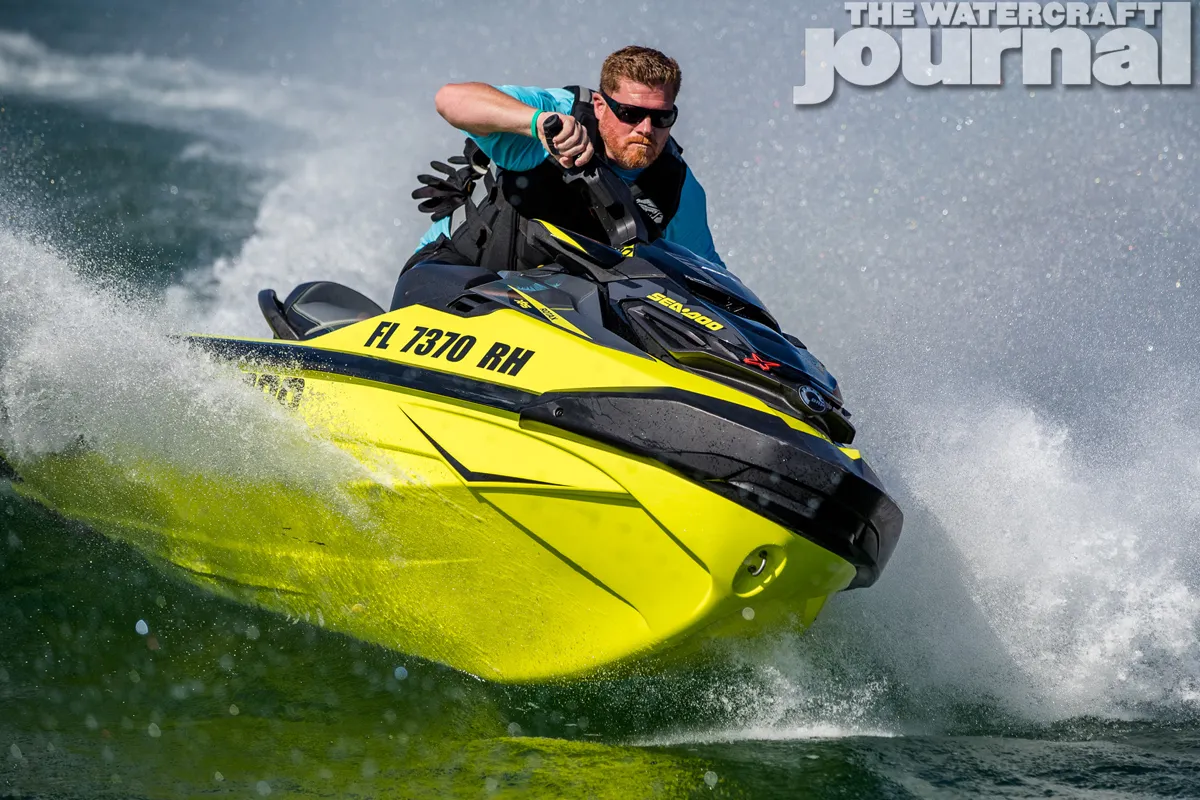


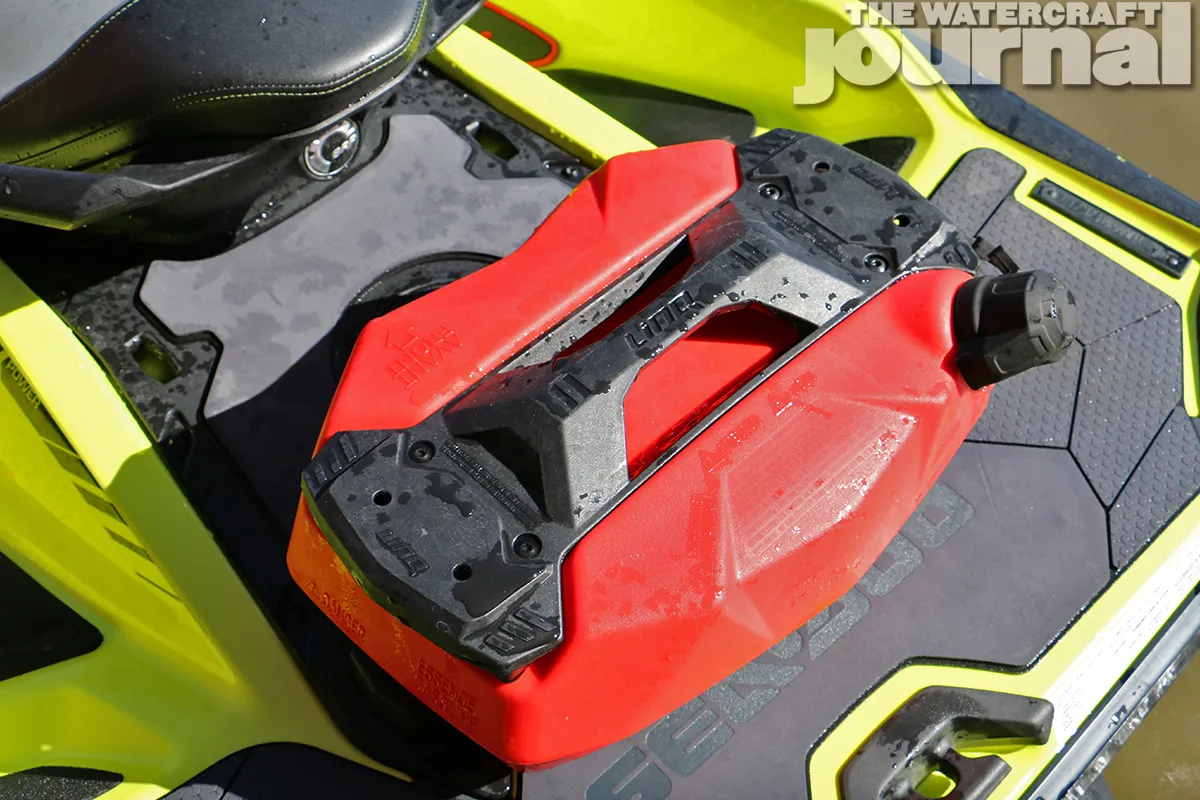
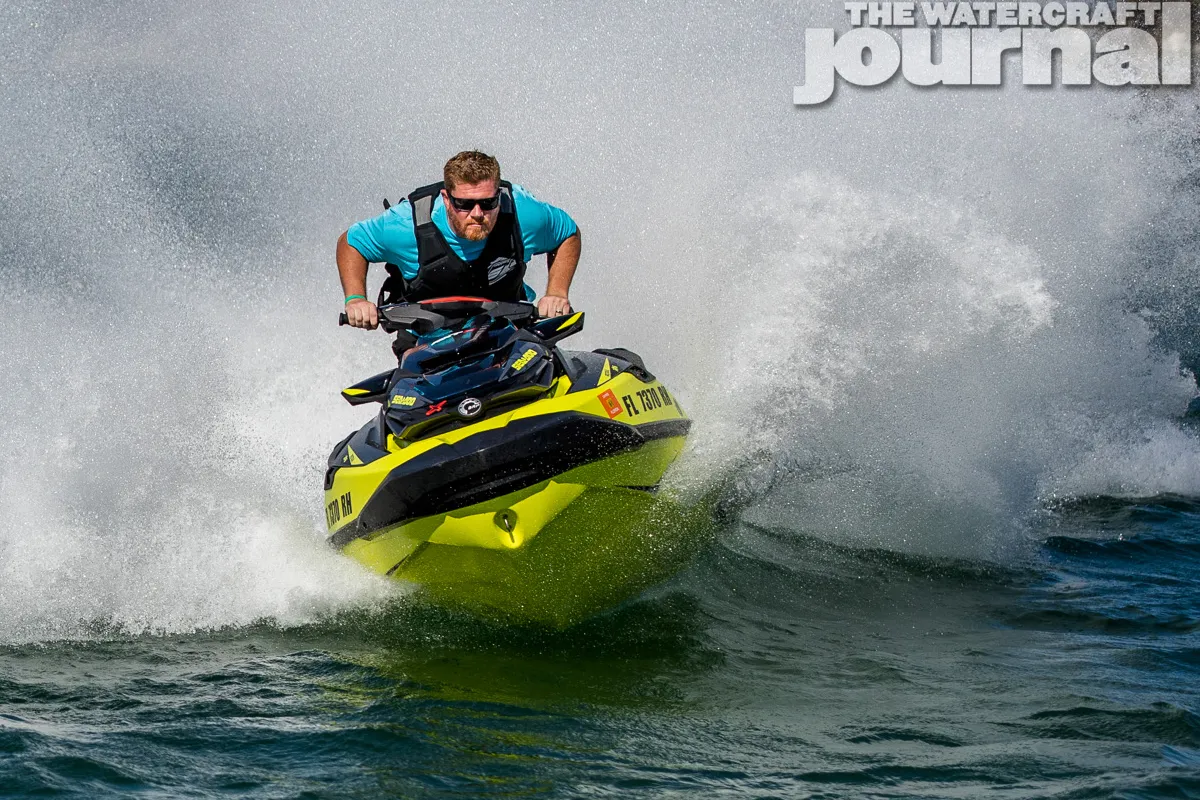
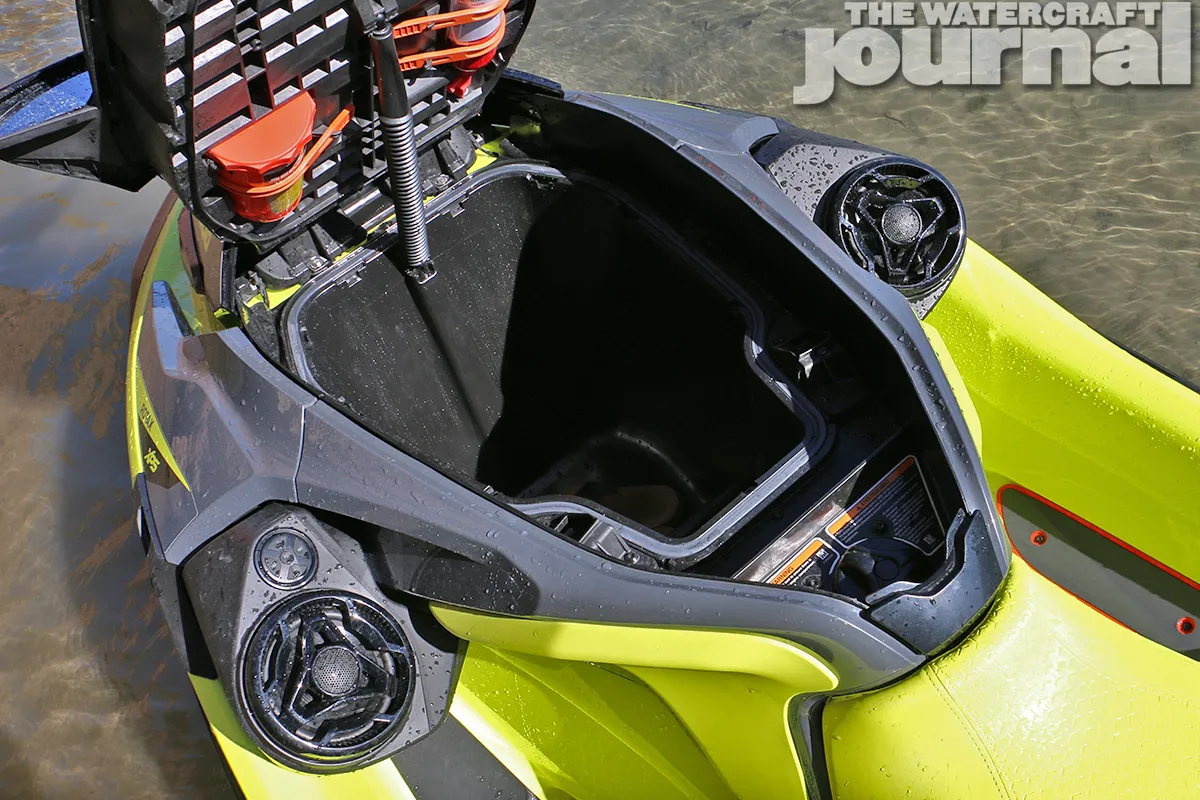
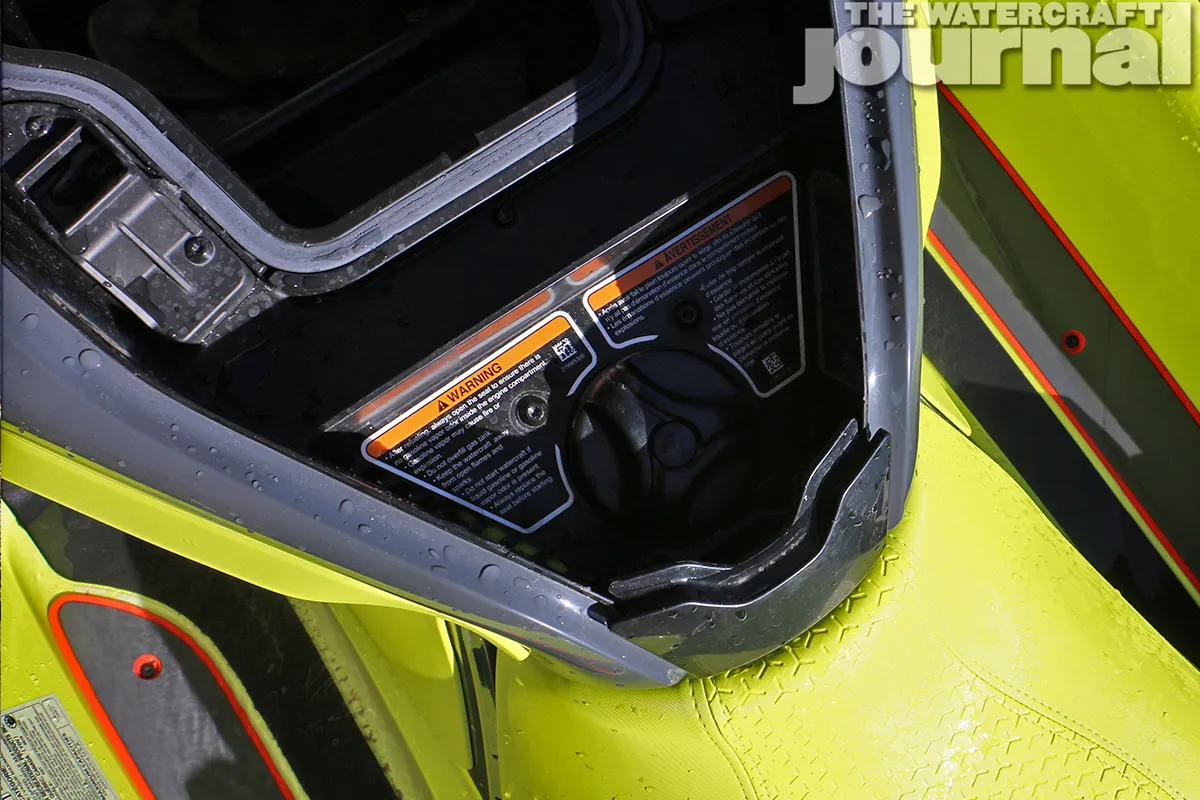
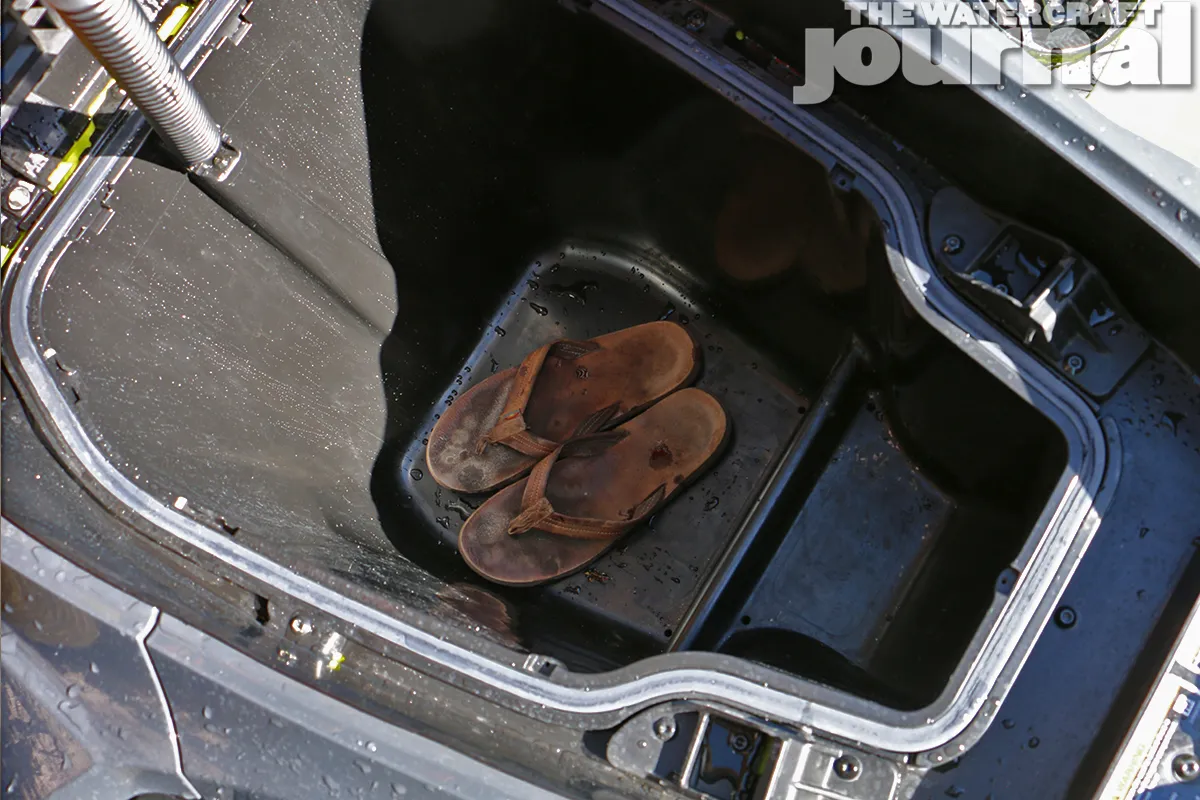
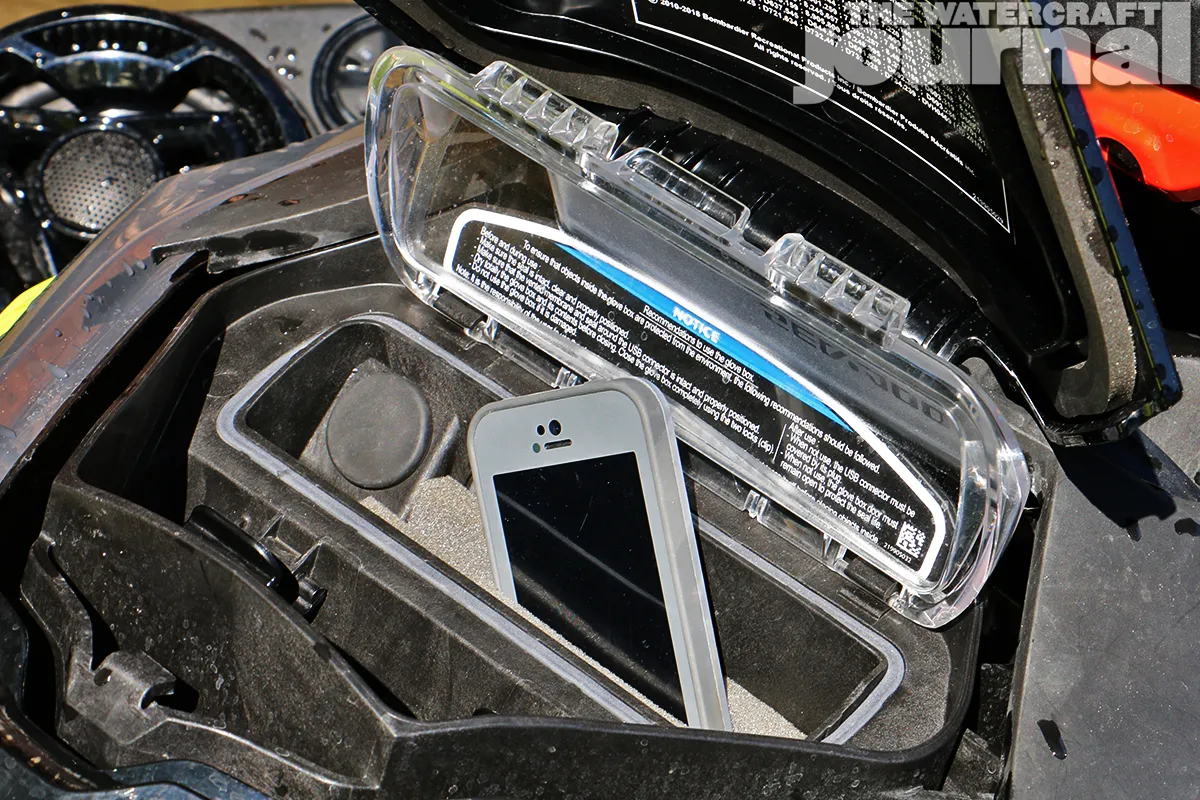

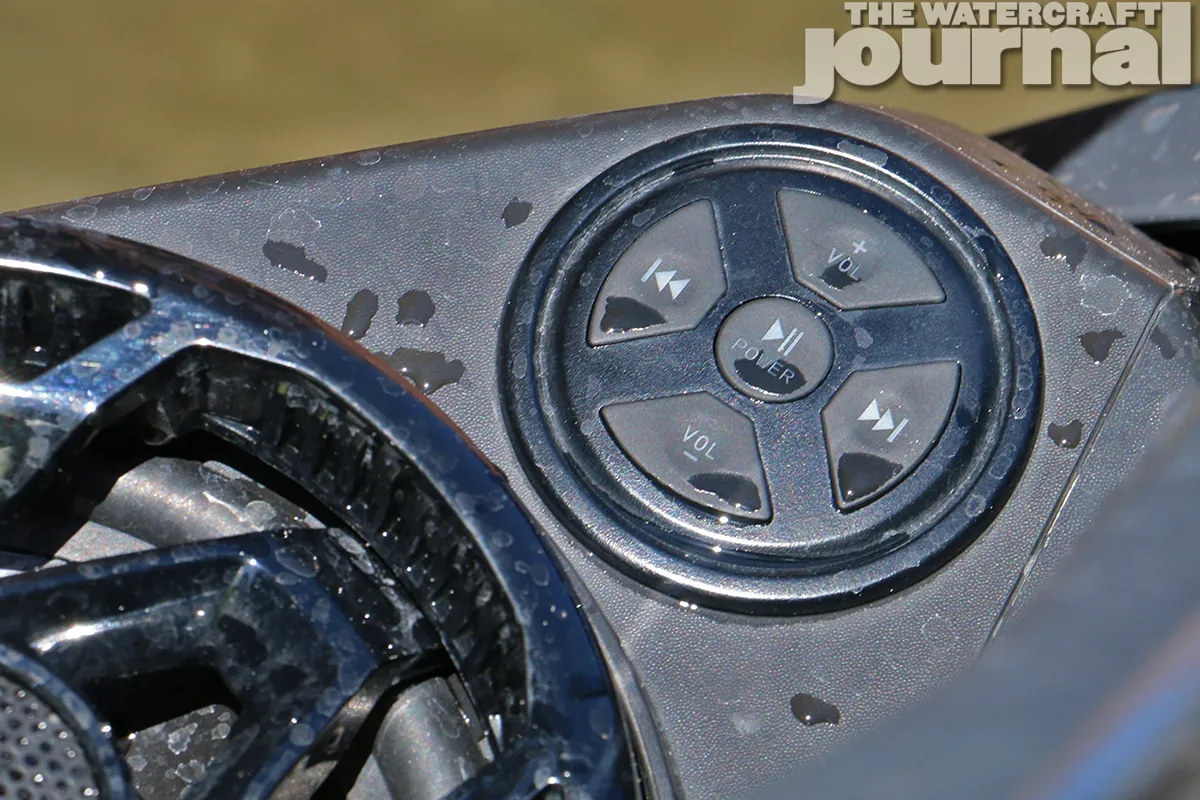
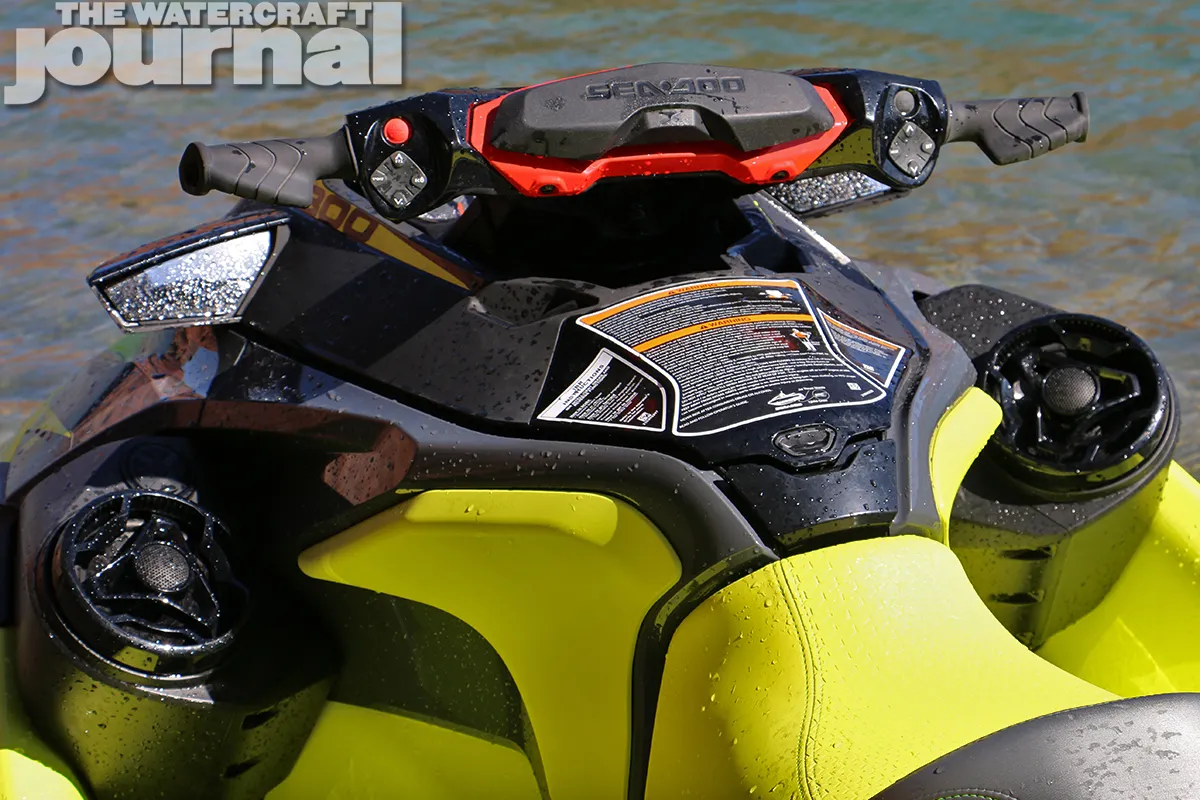
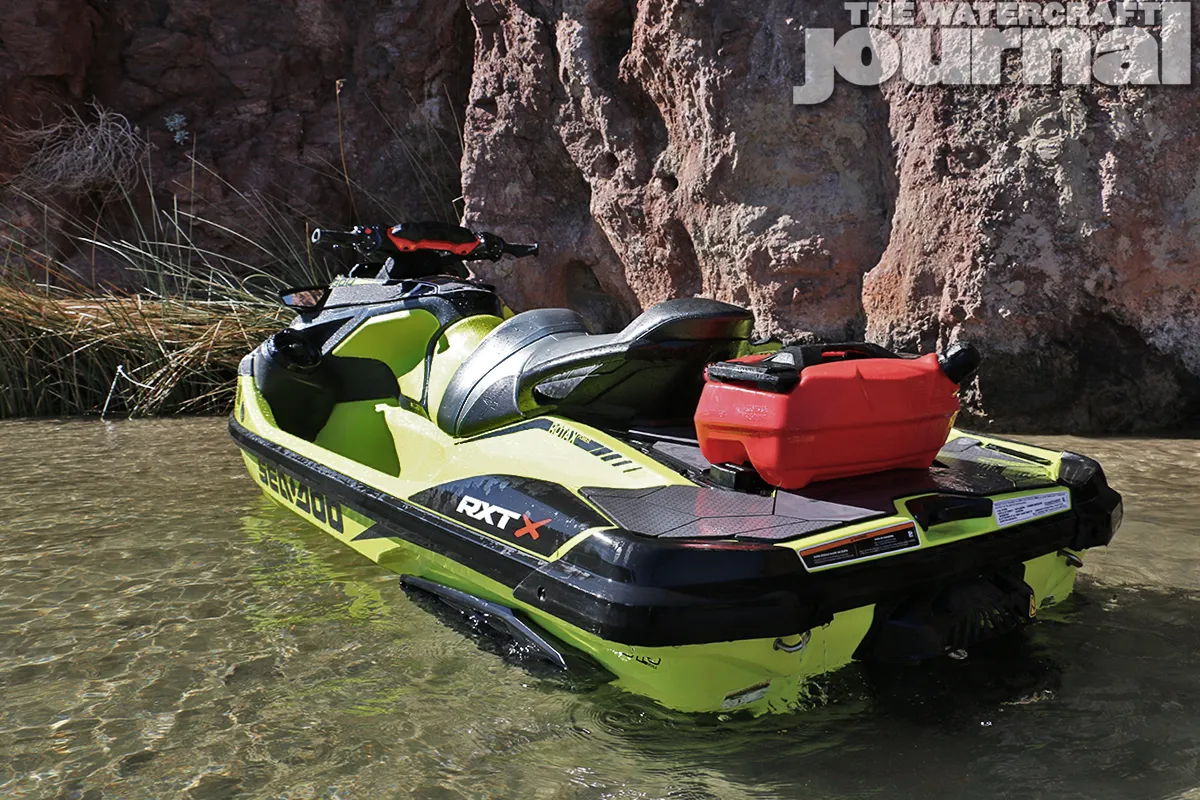
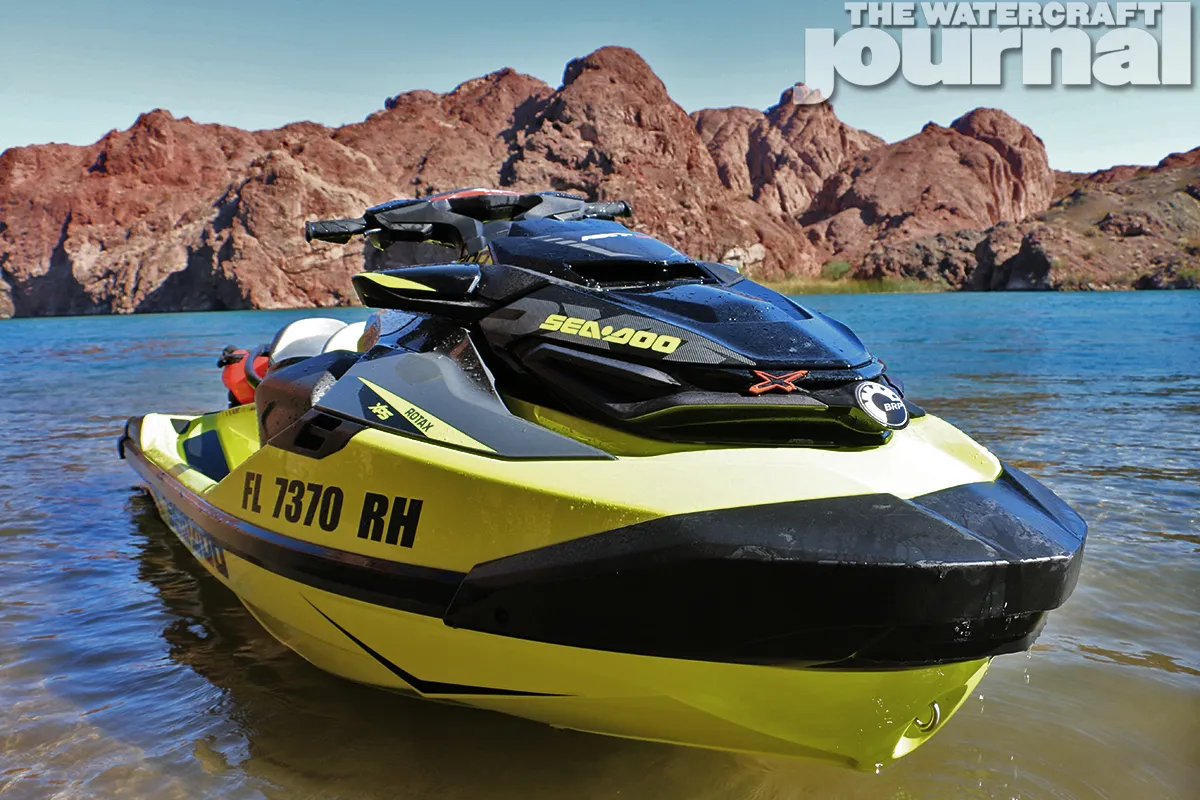
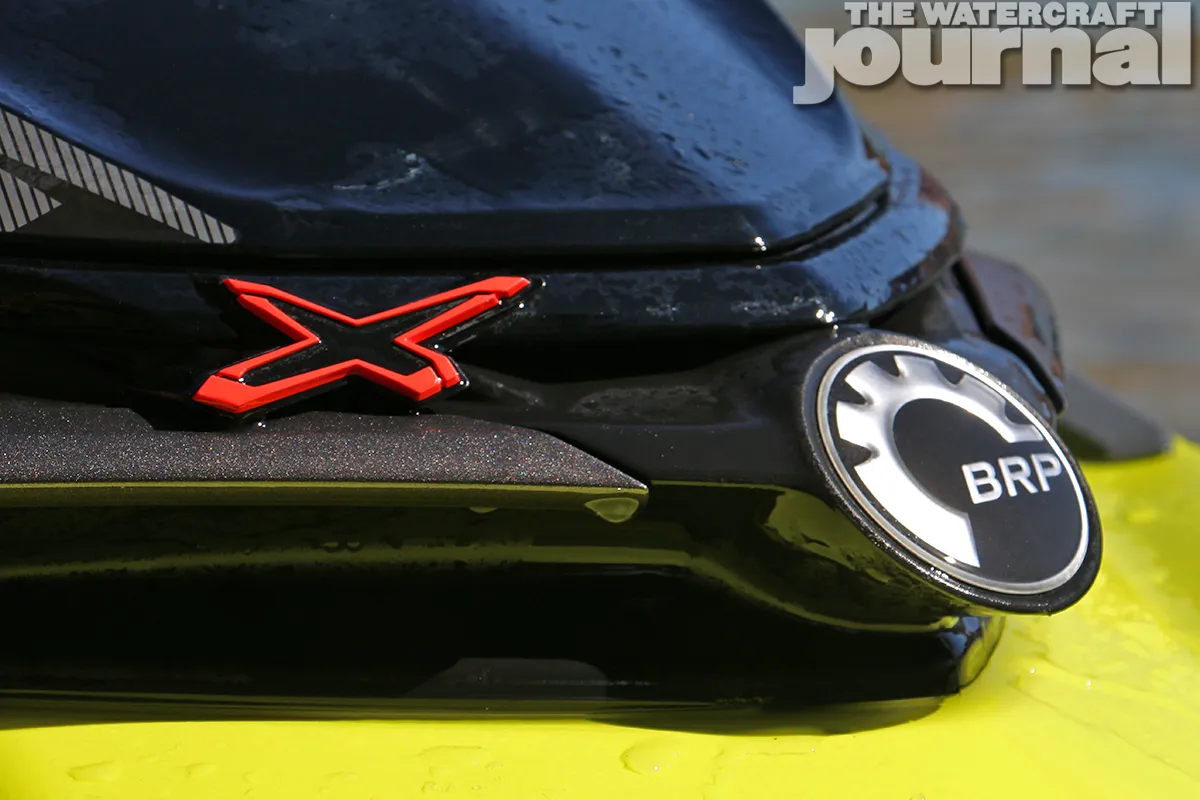
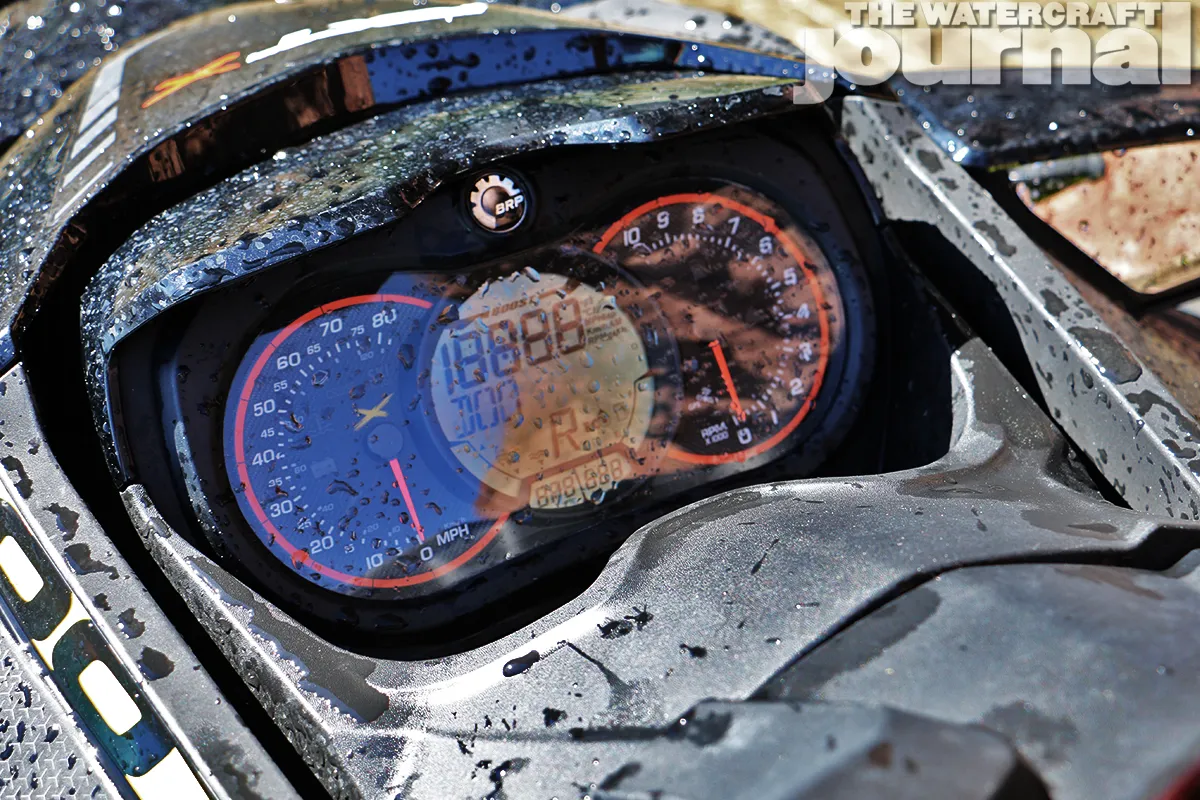

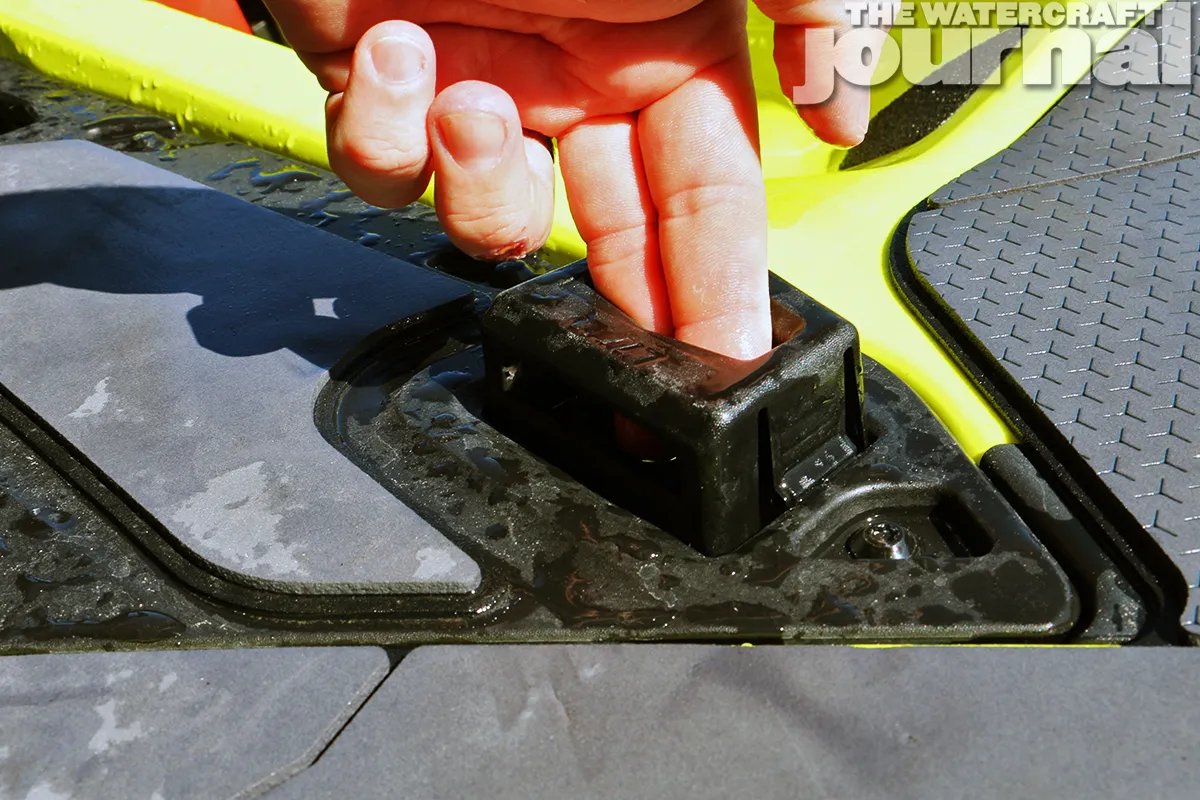
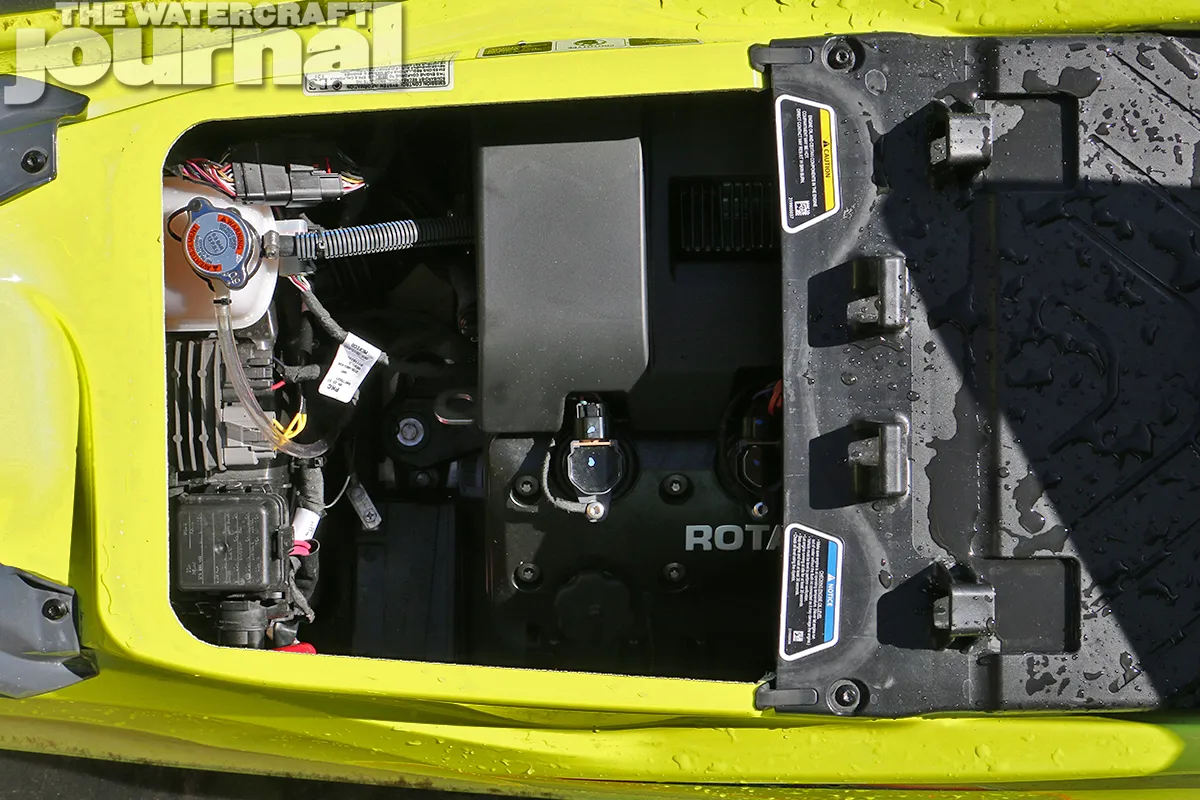
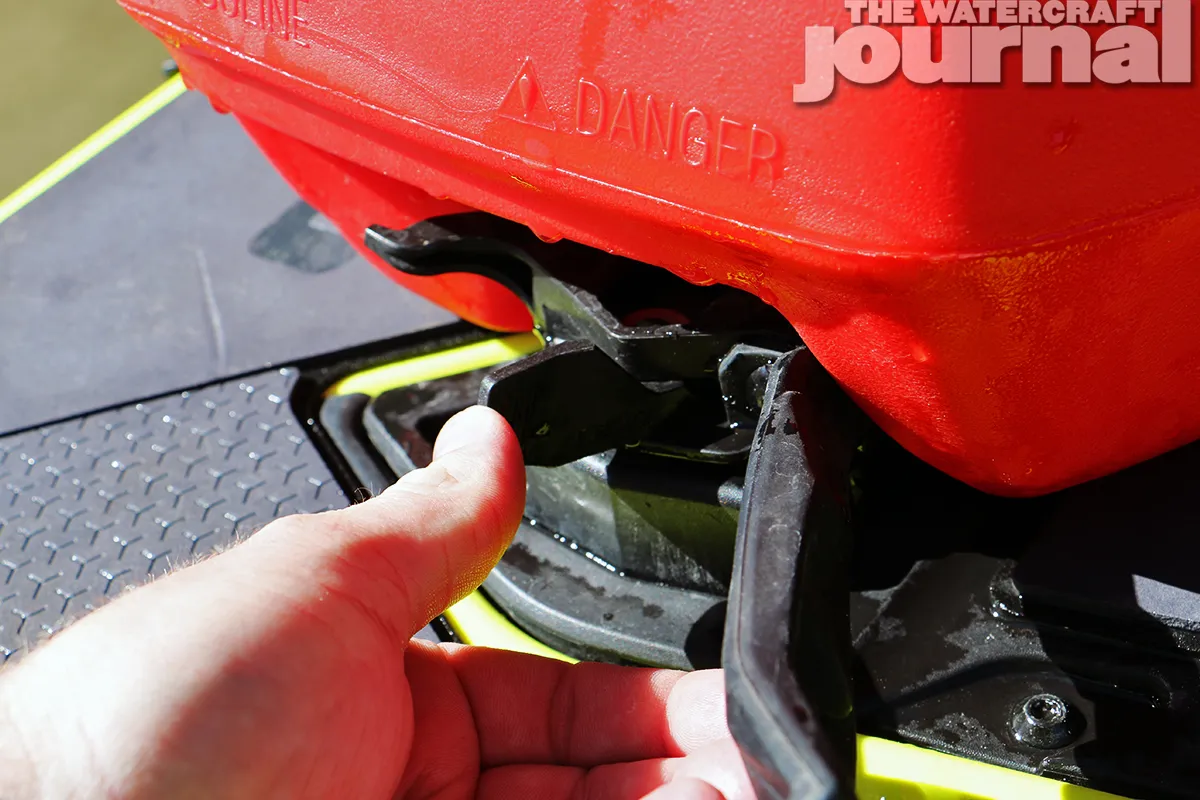


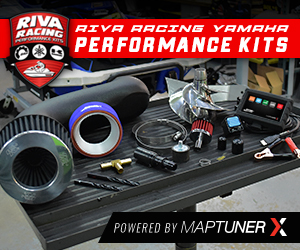


Nice review. I’ve ordered the wake pro, just wondering if you spent any time on it? Thoughts on the power difference and how the hull responds? Thanks
I did! The Wake Pro 230 is just as fun as the GTX Limited 230 or the RXT 230, save for the usual options consistent to either craft. You’ll really enjoy the central storage and ergonomics. I strongly emphasize ordering it with the Premium Sound. You will thoroughly enjoy it.
Hi Kevin. I recently pre-ordered the new RXT-X and got it in the same color as your video. I’m going all out on it (thought why the heck not if I’m spending $16,000) and got the speakers, cooler, USB configuration, ski module, ski pylon, and a few other things. If you are ever in New Hampshire for any reason, I’d love to ridw around with you!
Ride*
That’s awesome!
Is it fun?
Thanks Kevin. the Wake Pro is coming to New Zealand with the Sound package as a standard feature. mines arriving in late November – cant wait, just in time for summer!
The AMC Pacer of watercraft….hideous! No chance something that big is fun. Why not just buy a boat??
Faxon, go back to your moms basement lol
Appreciate your thorough and in depth analysis of various pwc’s, especially the long haul analysis of various models.
Keep up the excellent work!
Thank you for the kind words, Brian! Make sure to tell your friends!
[…] Achievement Unlocked: 2018 Sea-Doo RXT-X 300 (Video) […]
Sounds like major improvements. However, did they change the location of the wiring harness, fuses, and other electrical components of the IBR unit, as well as beefing up the gaskets & seals on the cover for the unit? I’ve had consistent failure of the IBR unit and wiring harness, from water caused corrosion on these components on my 2012 RXT-X,. All the above are located in the lowest point of the furthest rear section of the ski, as well as a “leaky” plastic cover. This has been a recurring problem from many owners of these earlier models.
Thanks,
Hank